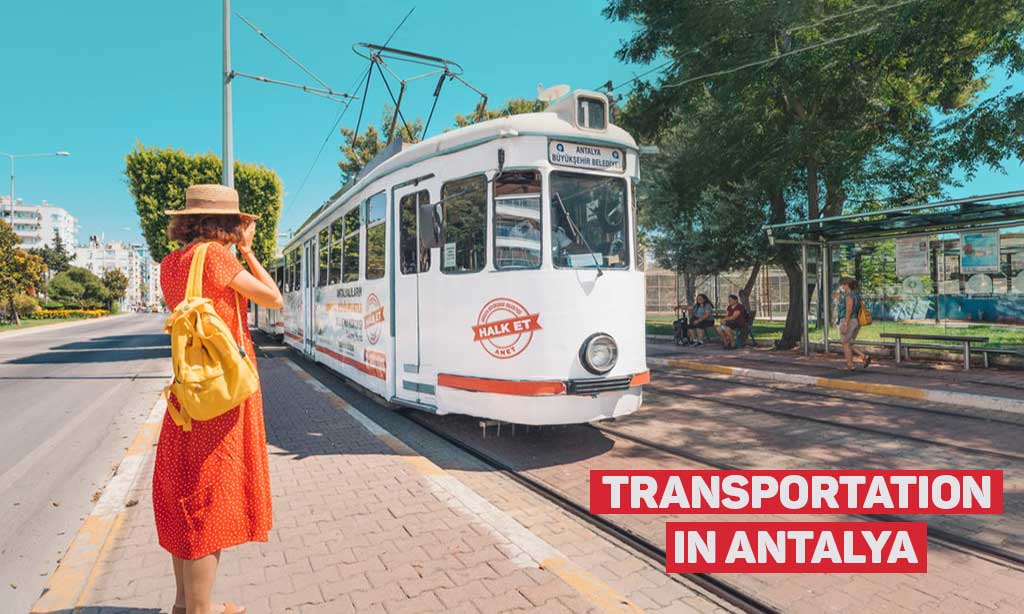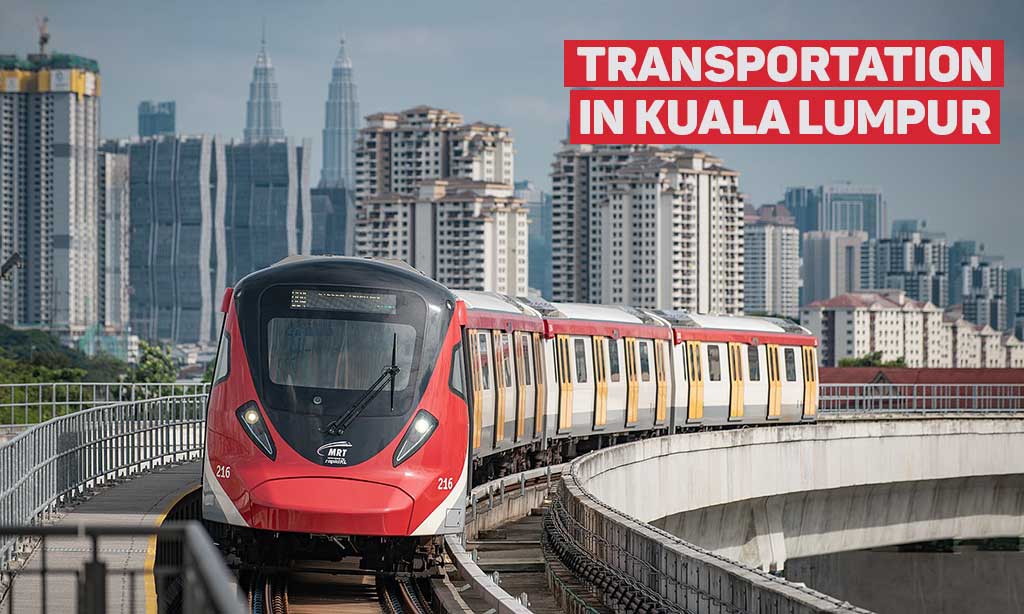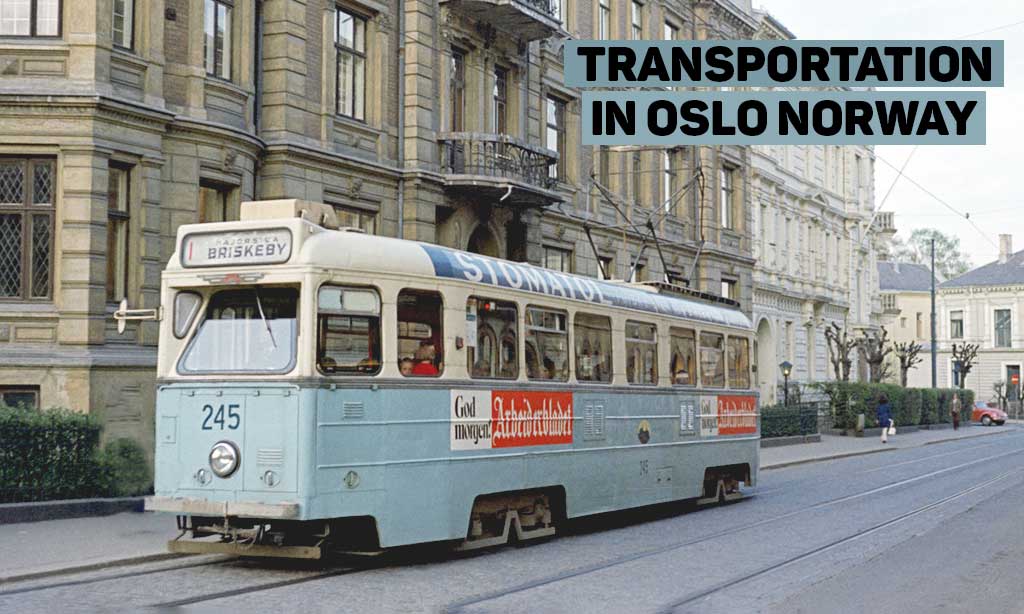Table of Contents
1. Overview:
Public Transportation Johannesburg, often referred to as the City of Gold, is a sprawling metropolis with a diverse transportation network. From heavy rail systems to rapid rail, buses, and taxis, the city offers a variety of options to navigate its vast expanse. However, like many major cities, Johannesburg faces challenges in its transportation sector, including aging infrastructure and the need for modernization.
2. Major Transport Operators:
Rail:
- Metro-rail system: Operated by PRASA, Johannesburg’s Metro-rail system has been in service for over 50 years. The government has allocated R172 billion (equivalent to $1.1 billion) for its modernization over the next 25 years.
- Suburban Rail / Rapid rail: The Gautrain is Johannesburg’s rapid rail system, connecting the northern suburbs and providing a reliable alternative to the heavy rail system. It was built to alleviate traffic on the N1 Ben Schoeman highway, one of the busiest highways in the Southern Hemisphere.
Buses:
- Metrobus: This is the primary bus service in Johannesburg, covering most of the metropolitan municipality. The fleet is in good condition, with newer eco-friendly buses being introduced.
- Bus Rapid Transit/Rea Vaya: Introduced in 2010, the Rea Vaya BRTS was Africa’s first and was designed to make the city accessible to at least 80% of its residents. It offers a safe, cheap, and effective mode of transport.
Taxi:
Taxis are a popular mode of transportation in Johannesburg. The city has designated taxi rank areas where taxis can be easily hailed. Hand signals are used to indicate destinations.
3. Table: Transportation Systems:
| Transportation | Operator | Website URL |
|---|---|---|
| Metro-rail | PRASA | Link |
| Gautrain | Gautrain | Link |
| Metrobus | Metrobus | Link |
| Rea Vaya | Rea Vaya | Link |
4. Guide on Ticket Purchasing:
- Gautrain: Operates on a smartcard system. Passengers tap in at the starting station and tap out at their destination. The system also has a feeder bus system that uses the same smartcard. The average trip costs about $0.65.
- Rea Vaya: Uses a smartcard system where passengers tap in and out. Fees are determined by the distance traveled, approximately R5/$0.4 per kilometer.
- Metrobus: Fees are determined by a zonal system. Payments can be made with cash or a pre-loaded card.
5. Major Passenger Airports:
O.R. Tambo International Airport: One of the major airports serving Johannesburg. Various car rental service providers are available at the airport, including Budget, Enterprise, Europcar, and more.
6. Driving information:
Johannesburg is known for its bumper-to-bumper traffic, especially during peak hours. The city has made efforts to alleviate this through the introduction of systems like the Gautrain and Rea Vaya.
7. Renting a Car:
Upon arrival in Johannesburg, visitors have access to various car rental service providers at the provincial airports. Some of the providers include Budget, Enterprise, Europcar, National, Thrifty, Payless, Alamo, Hertz, Dollar, and SIXT. Other options include Avis, Xtreme Car Rental, and Bidvest Car Rental.
8. Cycling Facilities:
Specific cycling facilities were not mentioned in the provided sources. However, Johannesburg is a sprawling city, and while cycling is possible, it’s essential to be cautious due to traffic.
9. Walking Facilities:
Walking is a common mode of transportation in certain parts of Johannesburg. However, like any major city, it’s crucial to be aware of your surroundings and stay in well-lit areas, especially after dark.





